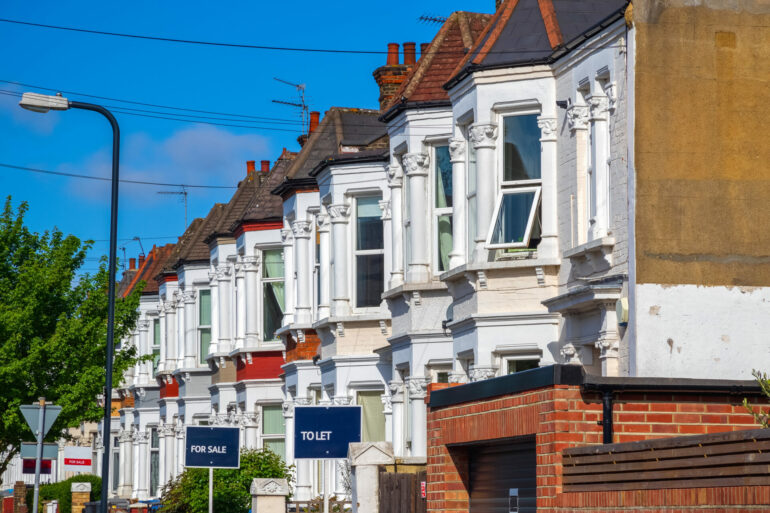Rents have soared by as much as 72% in certain areas over the last decade, according to new research from Tlyfe, the UK’s tenant lifecycle app launched by OpenBrix.
The study revealed Salford leads with a 72.4% increase in average rent over the past 10 years.
Tlyfe analysed the latest rental market data from Gov UK, released this month, to identify regions with the most significant rental cost increases.
Across England, average rents rose by 44.4%, reaching £1,369 per month, while Wales saw a similar increase of 43.9%, with an average monthly rent of £777.
The East Midlands experienced the highest regional increase at 51.8%, surpassing London’s 40.9%.
The East of England also saw notable growth at 50.4%, and the North East had the smallest increase at 33%.
In local markets, Salford is at the top, with Leicester following at 70.7%.
Other areas with significant increases include Folkestone and Hythe (69.1%), South Gloucestershire (69%), and Thanet (67.4%).
Other notable locations include Bristol (66.1%), Manchester (64.9%), Ipswich (64.5%), Tameside (64.5%), and Stevenage (64.1%).
The London Borough of Brent recorded the highest increase in London at 58.4%, placing it at 25th overall.
Rents have increased in every area of the market in England and Wales, with Hartlepool experiencing the lowest increase at just 14.3%.
Adam Pigott, CEO of OpenBrix, said: “The cost of renting has only gone one way over the last decade – and that’s up.
“Such is the consistent and overwhelming demand for rental properties that we find ourselves facing a severe crisis across the sector and one of the key factors causing this crisis is a lack of available homes to meet demand.
Pigott added: “Unfortunately, it doesn’t look as though this market imbalance is set to be addressed anytime soon and, if anything, we’ve seen more landlords exit the sector due to consistent legislative changes implemented by the government.
“It’s the nation’s renters who are left to face the consequences and, for many, the cost of residing within the private rental sector is simply too high, whilst those who are able to stomach it are severely hindered from saving and making the jump to homeownership.”



